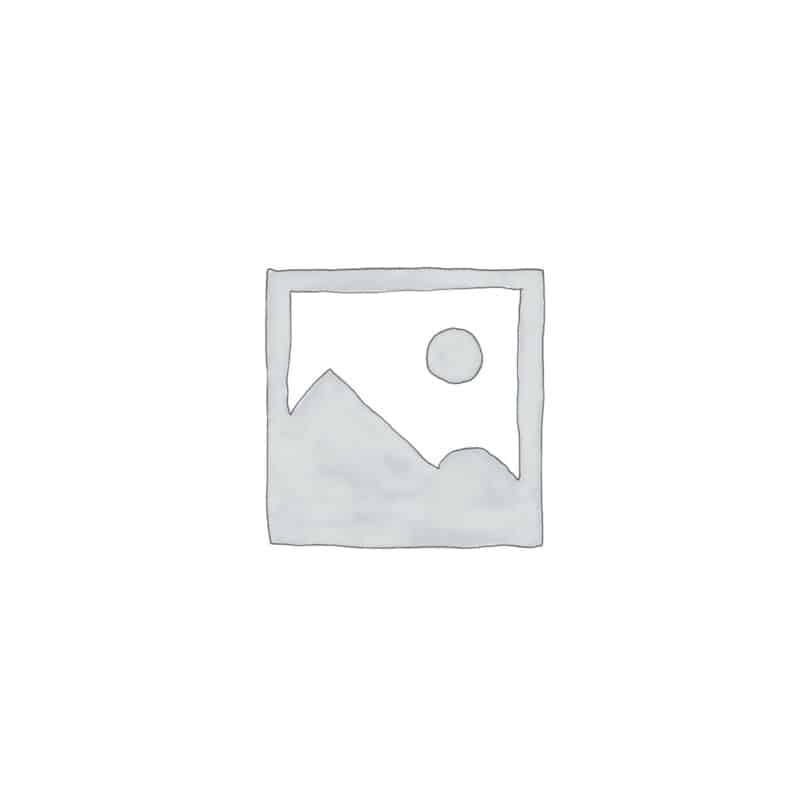Suggested Sowing Rates
50kg/ha 20kg/acre 5g/m2
Description
EG9 contains a selection of grasses that are tolerant of a degree of shade.
EG9 is a 100% grass seed mixture which can be sown alone and is also compatible for sowing with wild flower mixtures EH1F and EW1F. EG9 is available premixed with these wild flowers as mixtures EH1 and EW1. When sowing grass without wild flowers the sowing rate may be increased to 10-15g/m2 without compromising the development of diversity.
Ground Preparation
Ideally select ground that is not highly fertile and does not have a problem with perennial weeds (especially grass weeds like couch). Good preparation is essential to success so aim to control weeds and produce a good seed bed before sowing.
To prepare a seed bed first remove weeds using repeated cultivation. Cultivate the soil to bury the surface vegetation then harrow or rake to produce a medium tilth. Cultivation close to established trees and shrubs can be damaging to their root systems so take care not to dig too deep here.
Sowing
Seed is best sown in the autumn or spring but can be sown at other times of the year if there is sufficient warmth and moisture. The seed must be surface sown and can be applied by machine or broadcast by hand. To get an even distribution and avoid running out, divide the seed into two or more parts and sow in overlapping sections. Do not incorporate or cover the seed but firm in with a roll, or by treading, to give good soil/seed contact.
First Year Management
Growth and establishment of wild grasses may be slow initially, especially at low sowing rates (2-5g/m2). There will often be a flush of annual weeds from the soil in the first growing season. This weed growth is easily controlled by topping or mowing.
Mow all plant growth (sown grasses and weeds) regularly to 40-60mm throughout the first growing season to prevent weeds smothering the slower-growing grasses. Remove cuttings if dense, more frequent and regular topping will minimise the amount of toppings produced each time so they can be left to disperse.
Management Once Established
In the second and subsequent years grass sowings can be managed in a number of ways which, in association with soil fertility, will determine the character of the grassland.
Regular mowing or continuous grazing can produce a short turf or lawn. Grasses growing in shade are, however, not very tolerant of hard grazing or mowing so never cut shorter than 30mm and avoid mowing when grass growth is slow eg in cold weather or during dry spells. Grass growing with the stress from both shade and cutting may become increasingly open and mossy.
In many hedgerow or woodland situations very little management is required once the mixture has established. Over time it will develop an open, tussocky structure which is a good refuge for wildlife.
Sowings around hedgerows, open or young woodland with higher light levels will produce more growth and in these situations an annual cut mid summer may be worthwhile for a more managed appearance and to keep weeds of semi-shade such as nettles and brambles in check.
When light levels fall below 50% of full sun, grasses decline in both number and vigour. The space that this leaves provides an opening for woodland herbs to thrive and suitable gaps for sowing woodland wildflower seeds EW1F.


